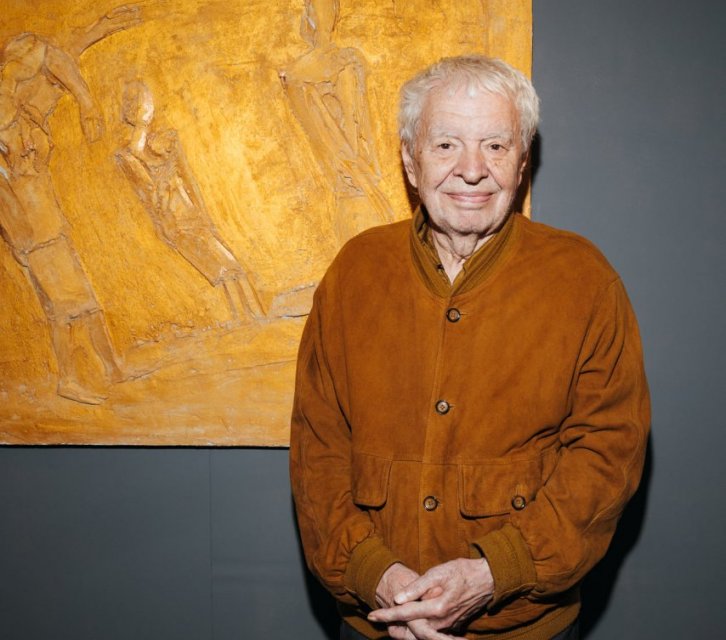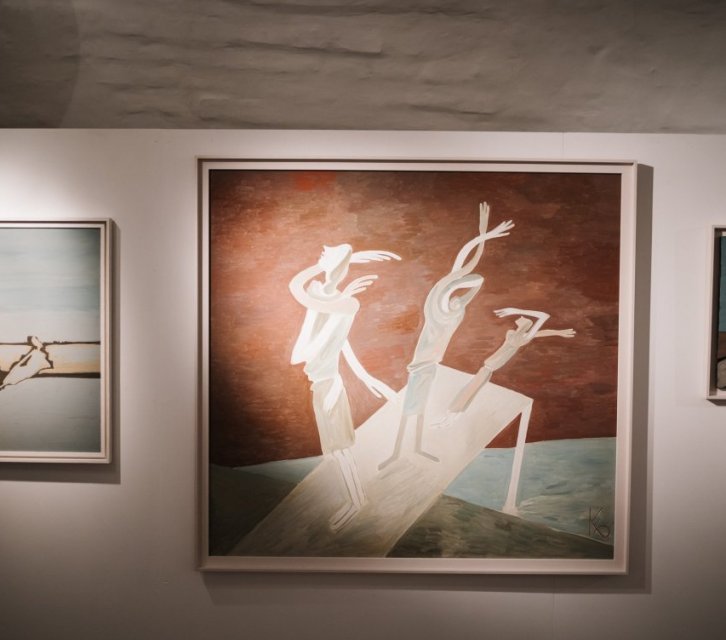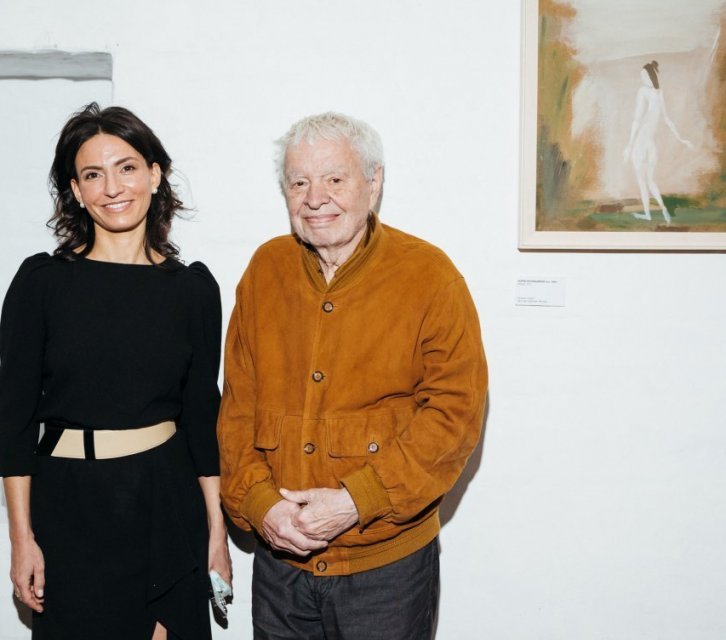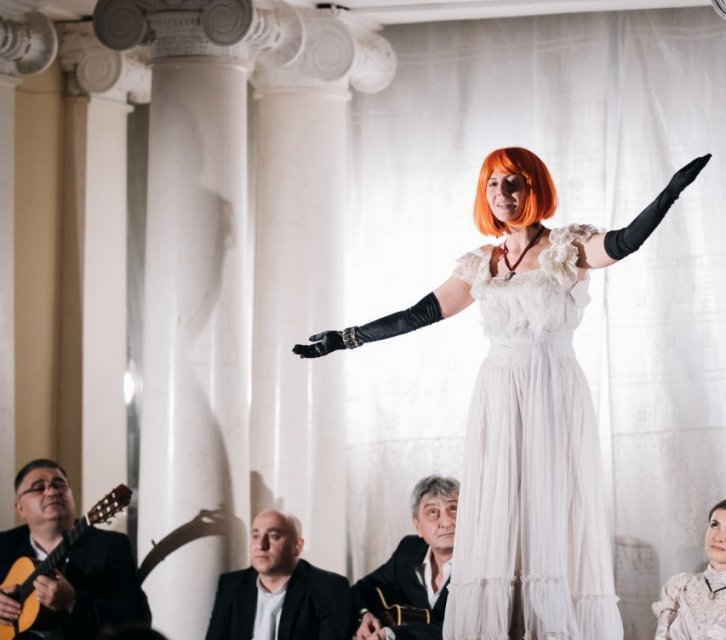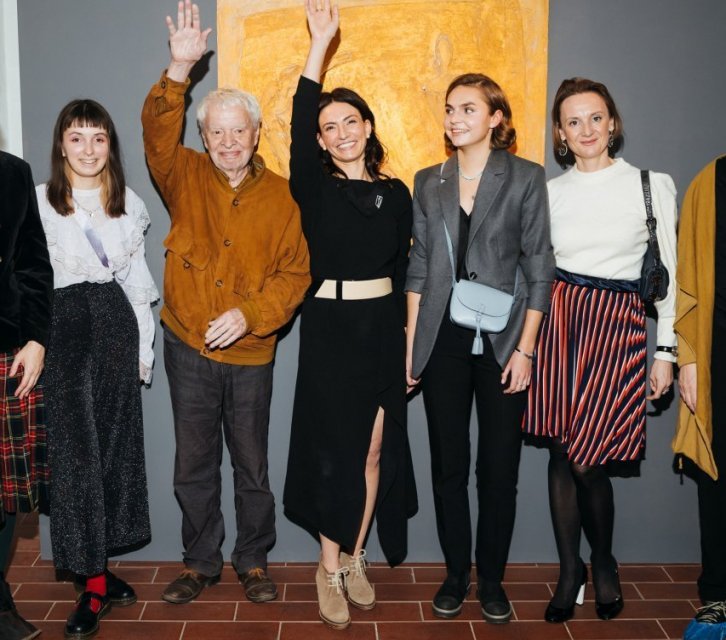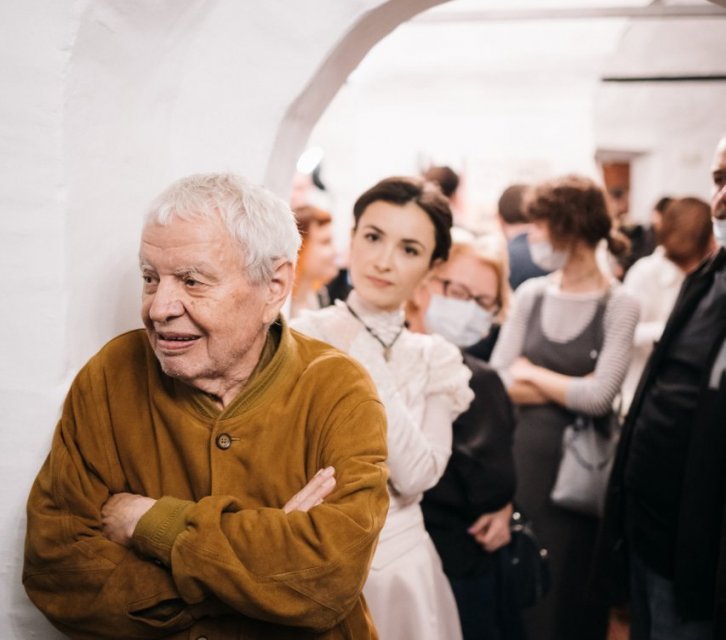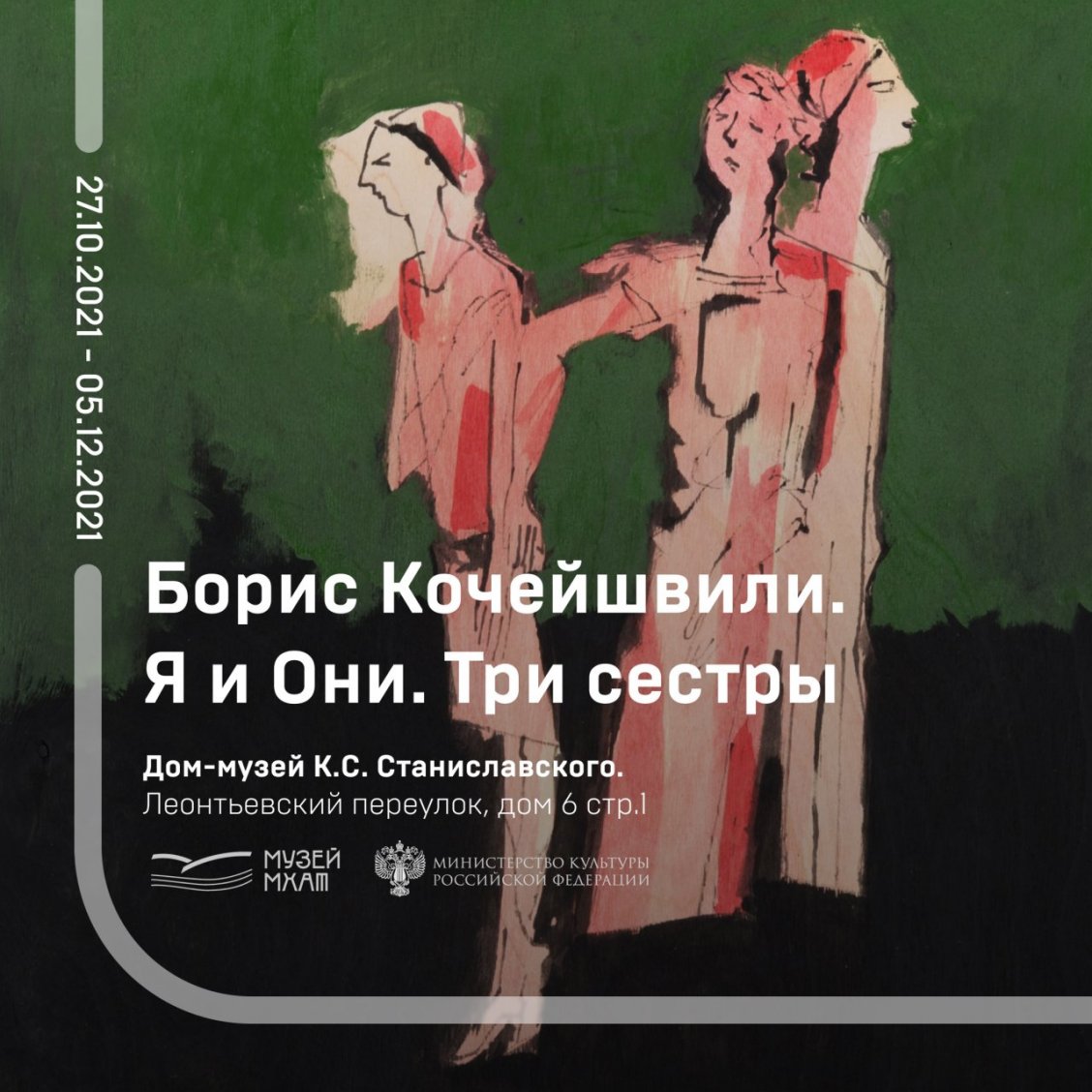
Three sisters, three female images, three destinies—three women standing in the space of a page or a stage: Olga, Masha, Irina. A symbol of Russian theater.
Both Stanislavsky, who first brought Chekhov’s play to life on stage, and the artist Boris Kocheishvili, who has been drawing the Three Sisters for many years, as well as contemporary theater directors who interpret this great text in entirely different ways—all are equally captivated by this trio. Their unity and alienation, their longing for dialogue despite mutual deafness—this dynamic fascinates artists and directors alike. They are drawn to the interplay of these three figures within a composition, placed in a given environment—among other characters, objects, sounds, colors and lights, architecture, and landscapes.
Chekhov wrote "Three Sisters" in 1901 specifically for the Moscow Art Theatre, where it was staged by Konstantin Stanislavsky. For its time, the production featured many groundbreaking artistic choices. Yet 120 years later, "Three Sisters" continues to command immense interest. The play remains in demand on both Russian and international stages. What draws these directors, whose language, culture, and way of thinking are worlds apart from the aesthetics of early Moscow Art Theatre, to this play? What is the magic of its narrative? The exhibition "Me and Them. Three Sisters" at the Moscow Art Theatre Museum sought to explore this question.
The exhibition featured Chekhov’s and Stanislavsky’s handwritten manuscripts, photographs, sketches, and documents from the play’s first production. Also on display was Chekhov’s personal travel suitcase—perhaps the very one that once carried the manuscript itself.
Boris Kocheishvili is one of the most significant and intriguing interpreters of Chekhov’s play in the art world. He has been captivated by the story of "Three Sisters" since the early 1970s, continuously reimagining it in his graphic works, paintings, and reliefs. The exhibition showcased his works in a variety of techniques, offering the audience an unprecedented diversity of visual interpretations of this iconic narrative.
In the final hall, visitors could watch excerpts from "Three Sisters" productions by a range of directors—six outstanding interpretations, both Russian and international: Yuri Butusov, Andriy Zholdak, Susanne Kennedy, Timofey Kulyabin, Yuri Pogrebnichko, and Pyotr Fomenko each presented their own vision of Chekhov’s play.
The exhibition at the Moscow Art Theatre Museum—in the House-Museum of K.S. Stanislavsky—served as a prelude to Boris Kocheishvili’s solo exhibition, which opened at the State Tretyakov Gallery on November 12, 2021.

